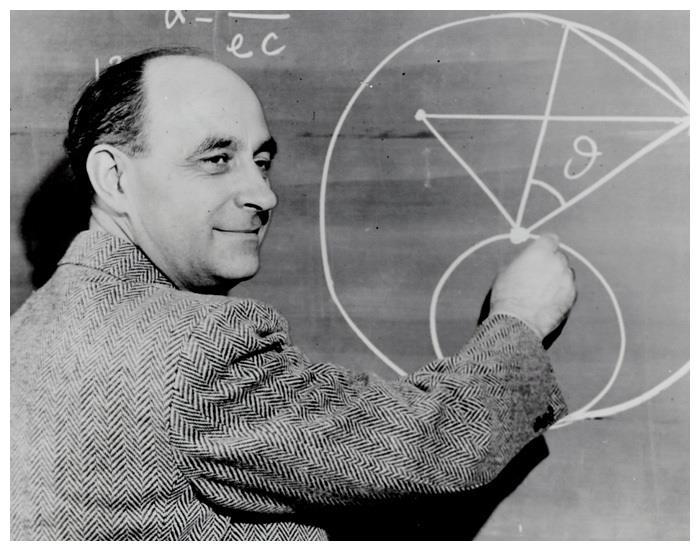
Physicists Have Discovered a New Paradox
Advertisement
Let me give a brief description about the new discovery. Amplitude of mechanical vibrations can grow without external influence. The reason lies in mechanical vibrations. It is as if heat is generated through the repeated compression of the spring and then the system temperature rises. The increased heat of the system is converted into kinetic energy, which increases the amplitude of the oscillator! At first glance, mechanical energy is transformed into thermal energy, and then thermal energy is converted into mechanical energy, and at the same time, the amplitude is increased. The energy of oscillator is increasing? In fact, it is not. There will be an explanation later. Meanwhile, this happens only with special crystal materials.
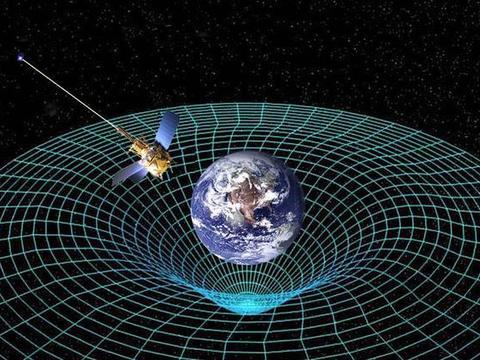
Researchers from the Peter the Great St.Petersburg Polytechnic University (SPbPU) have discovered and theoretically explained a new physical effect: amplitude of mechanical vibrations can grow without external influence.
It is generally believed that it is impossible to achieve oscillatory resonance without constant external influence. However, the scientific group of the Higher School of Theoretical Mechanics, Institute of Applied Mathematics and Mechanics SPbPU discovered a new physical phenomenon of “ballistic resonance,” where mechanical oscillations can be excited only due to internal thermal resources of the system.
Advertisement
The experimental work of researchers from all around the world demonstrated, that heat spreads at abnormally high speeds at nano and micro levels in ultrapure crystalline materials. This phenomenon is called ballistic heat conductivity.
The scientific group supervised by Anton Krivtsov, derived the equations describing this phenomenon and made significant progress in the overall understanding of thermal processes at the micro-level. In the study published in Physical Review E researchers considered the system behavior at the initial periodic distribution of temperature in the crystal material.
Advertisement
- Previous article
- Hearing the Shape of a Drum: From Digital Signal Simulation to the Shape of the Universe
- Next article
- Finnish Tech Company Invents Polite Font
Advertisement
OTHER NEWS
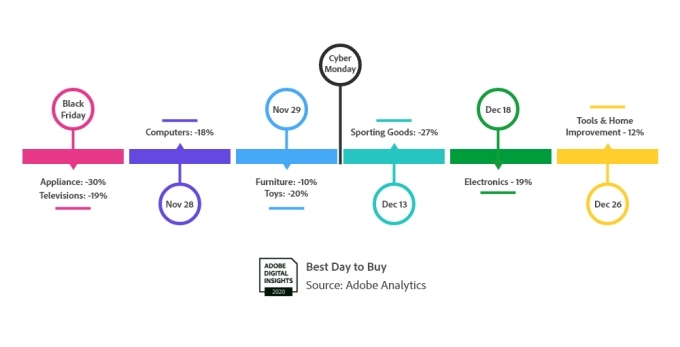
Online holiday shopping sales in the U.S. could surpass $200 billion this year
BY Sarah

Indian Kids-Focused Fintech Platform Junio Has Raised Seed Capita
BY Allen

Discovery of a 100 years old photograph of the Antarctic
BY Phyllis

Local News’ Transition to Paid Content In the Context of Layoffs, Mergers and Bankruptcies III
BY Jessica
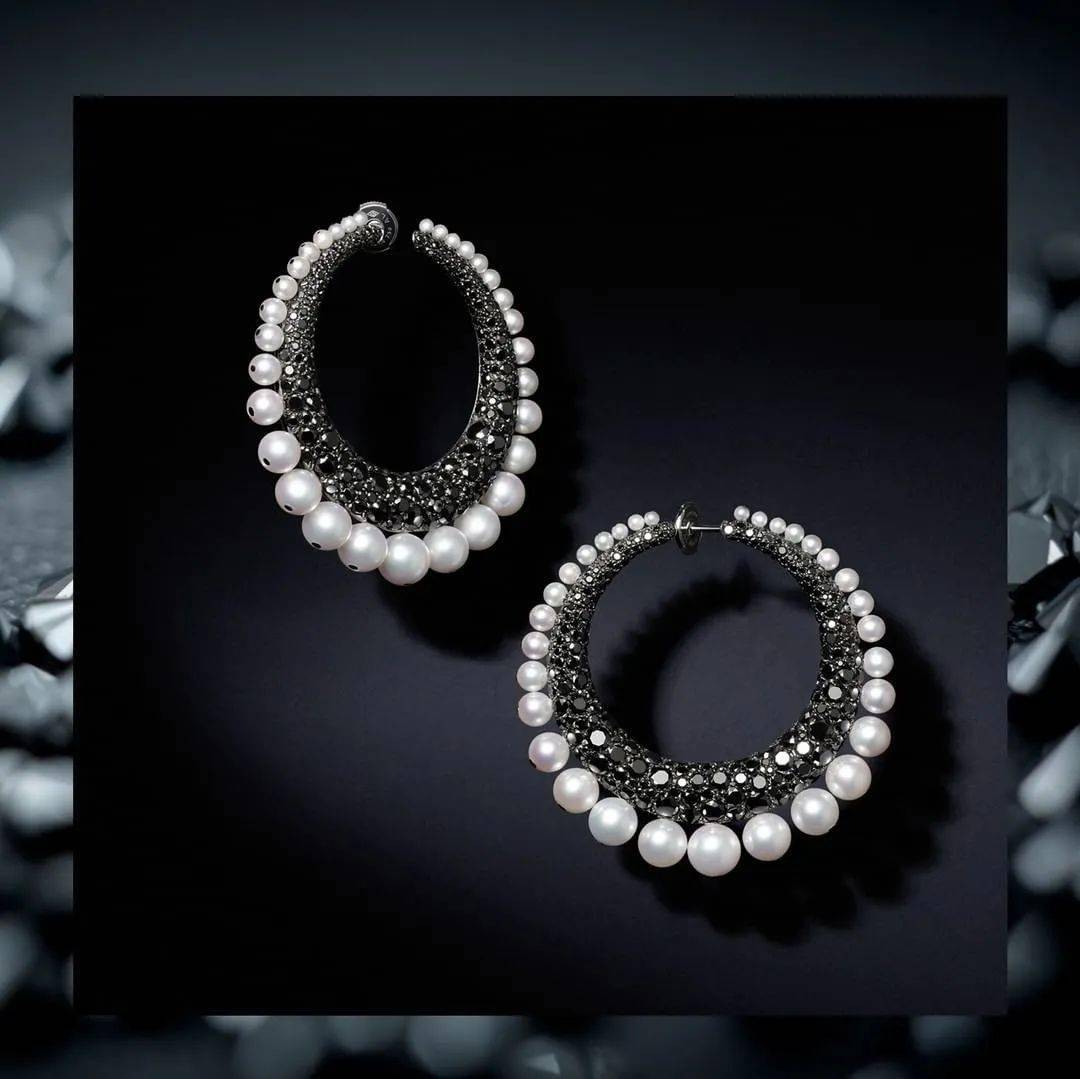
88-Carat Black Diamond on Display
BY Amanda
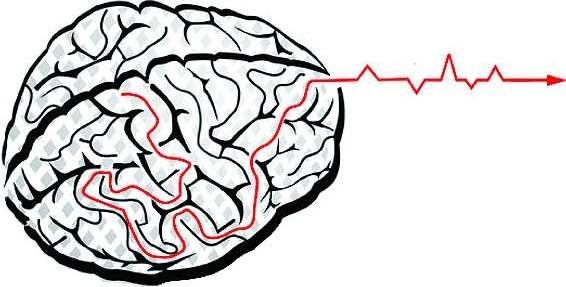
Scientists who Discovered the “Parenting Instinct”
BY Annie
RECENT NEWS
-

PUBG Mobile Esports Generated 200 Million Hours of Viewing in 2020
-

Mario Kart Tour Races to $200M revenue and 200M Downloads
-

Game Acquisitions Expand Globally in Q1 2021 with 280 Deals Worth $39 Billion Surpassing That in 2020
-

Free Fire Shows Strong Momentum, with Its Revenue Overtaking PUBG Mobile in a Single Market for Q1 2021
-

The Games Fund Launched a $50 Million Early Investment Fund to Invest in American and European Companies
-

How to Download and Install Wyze App for Free?
 1
1 1
1